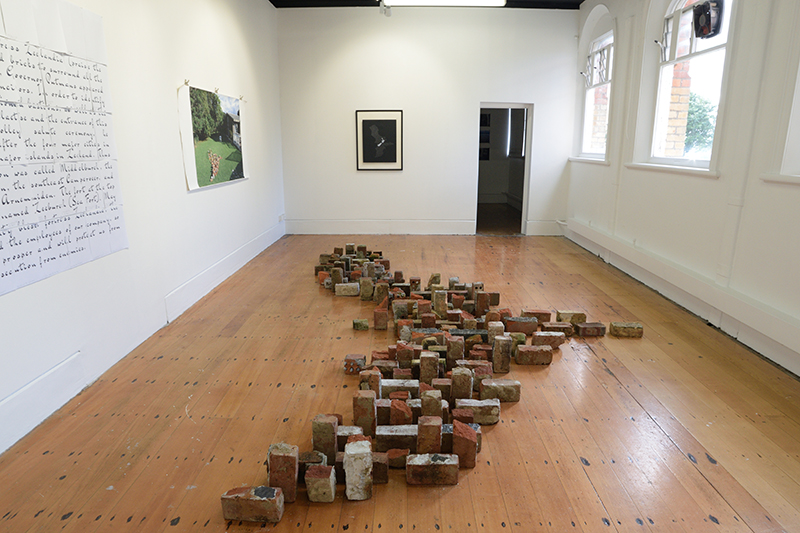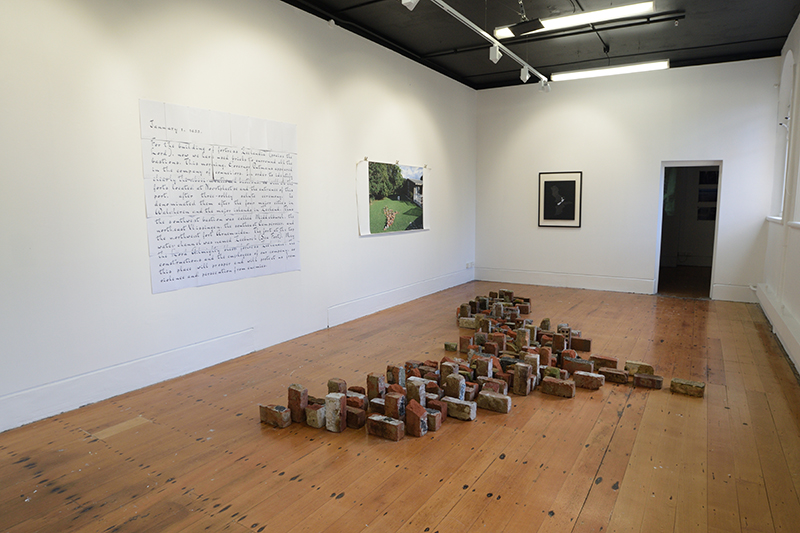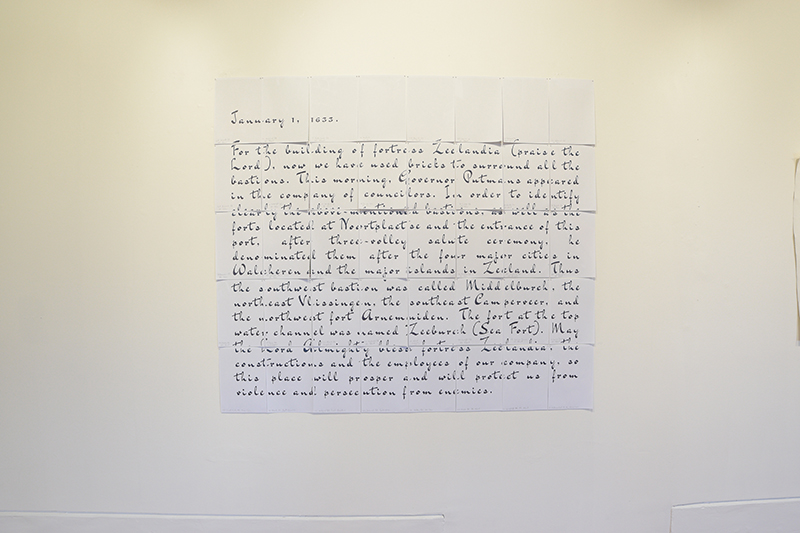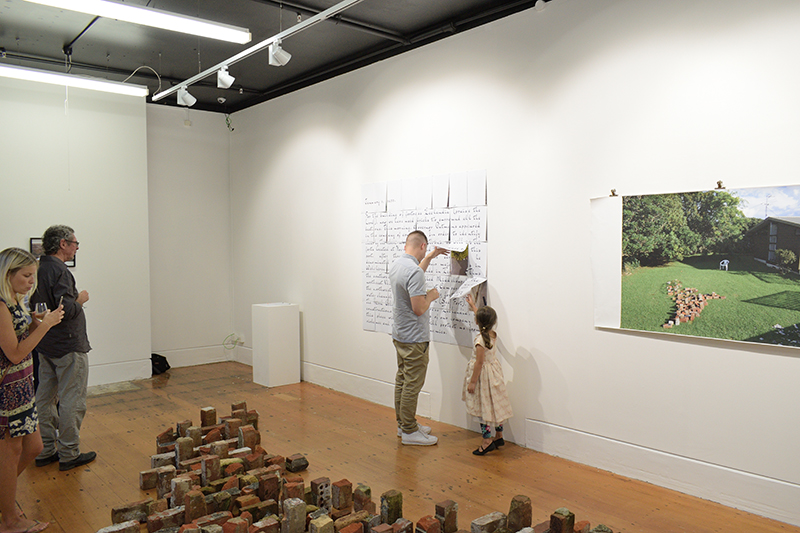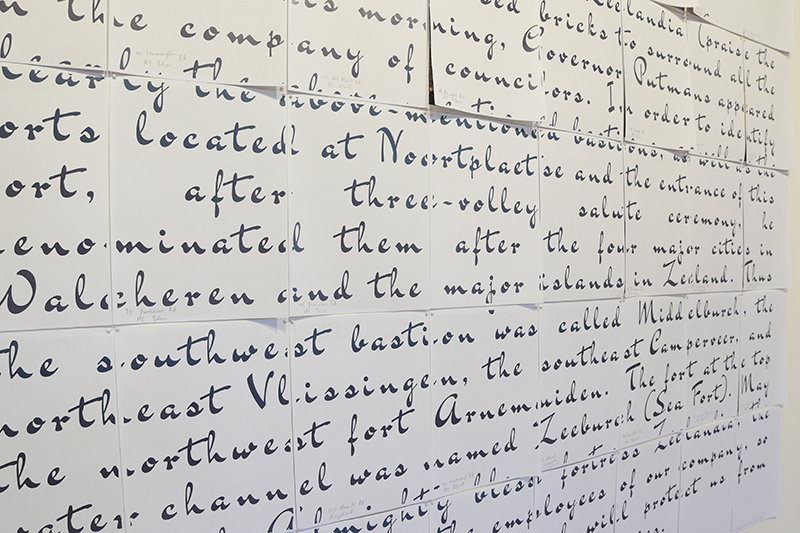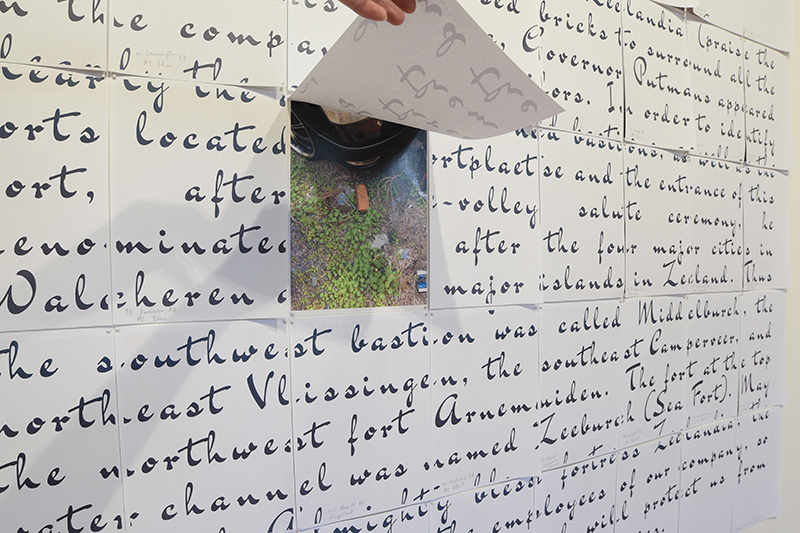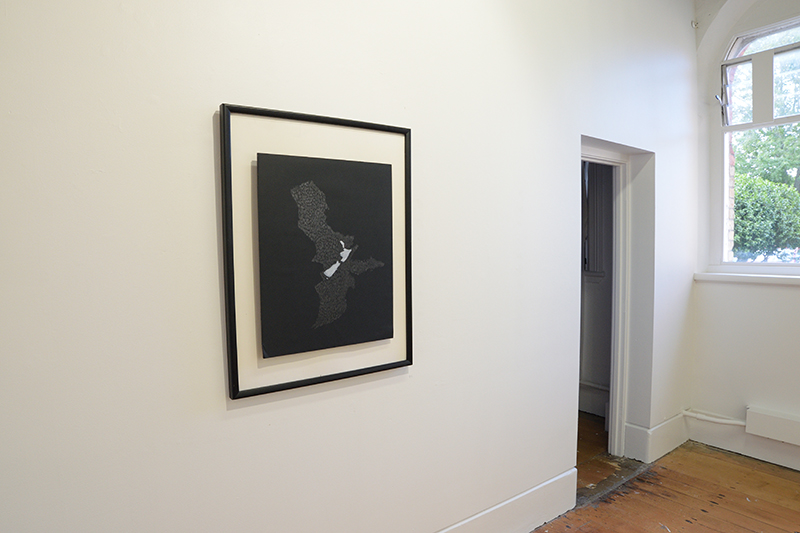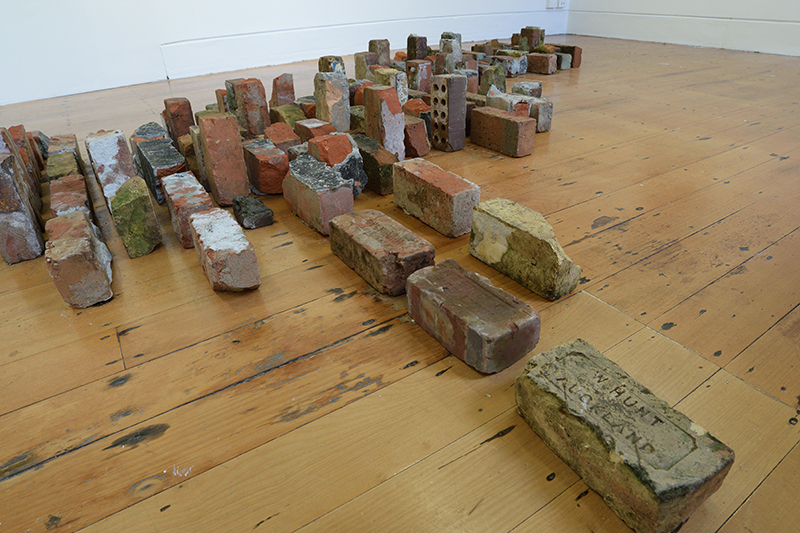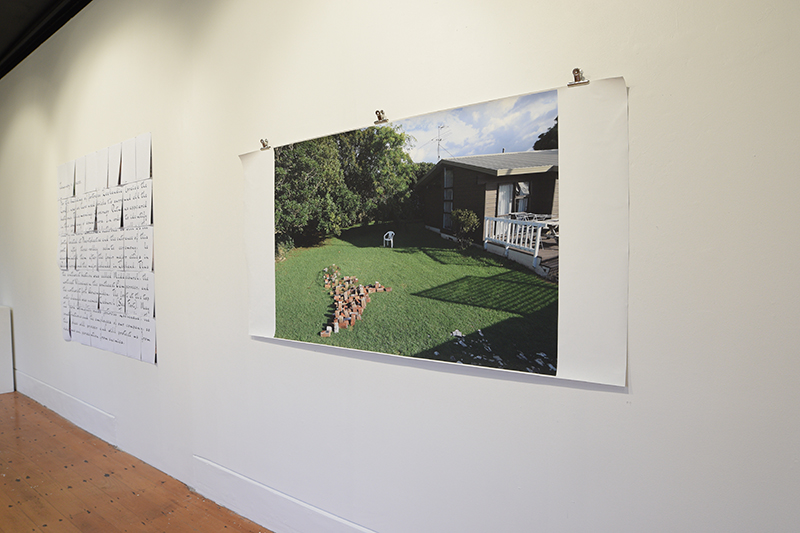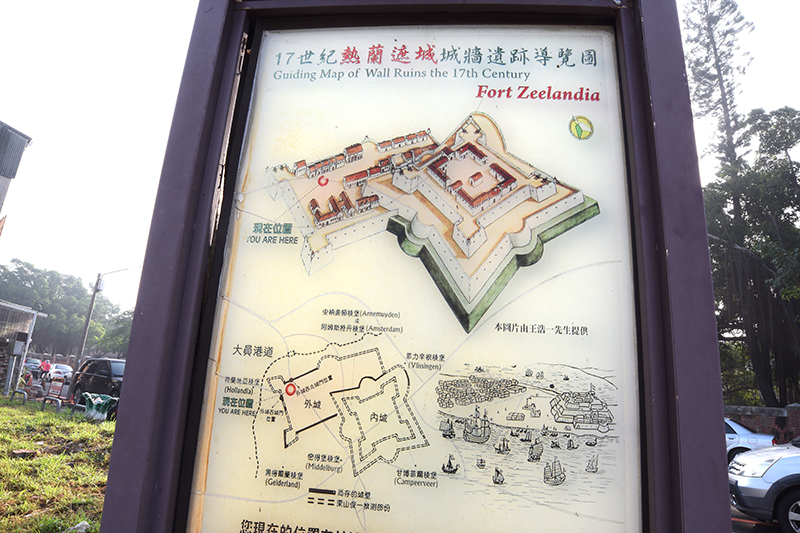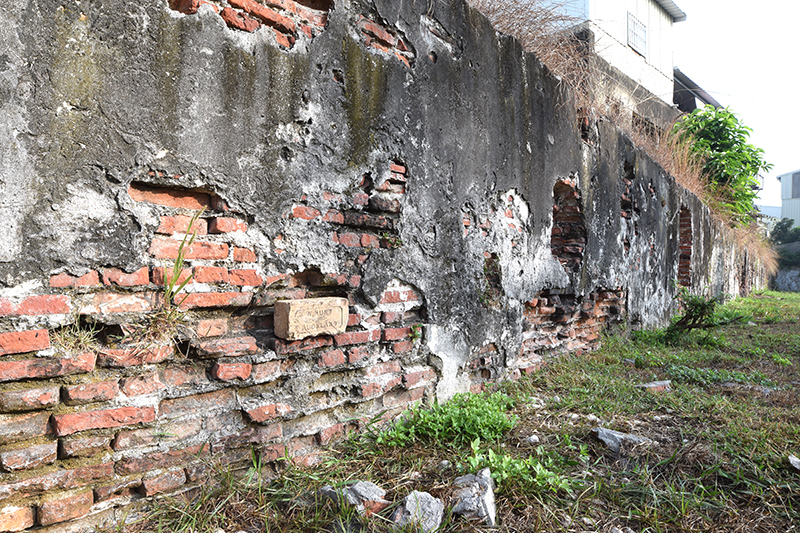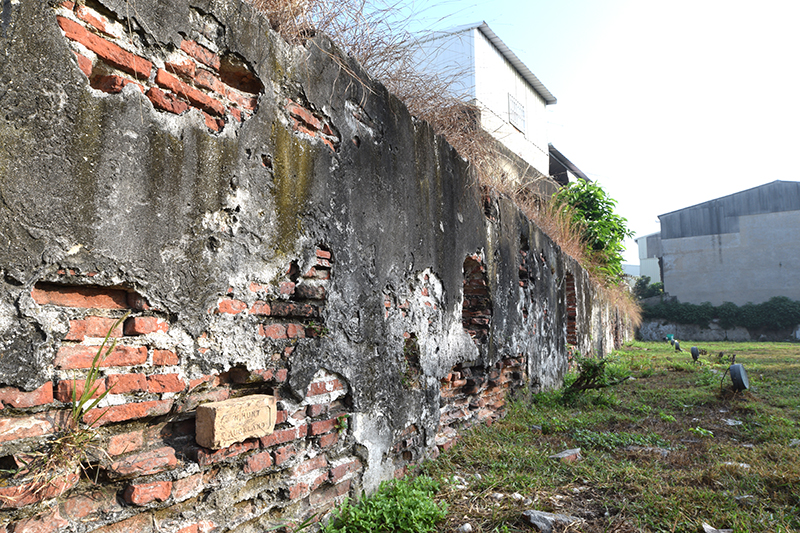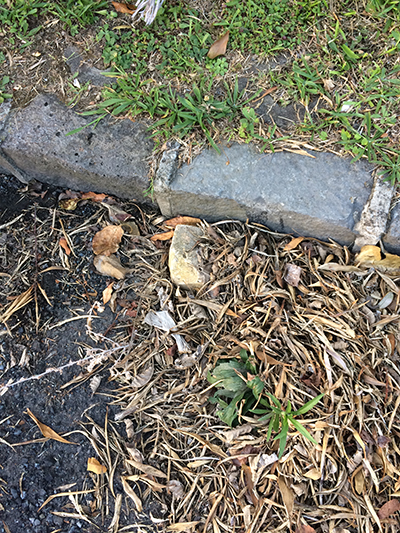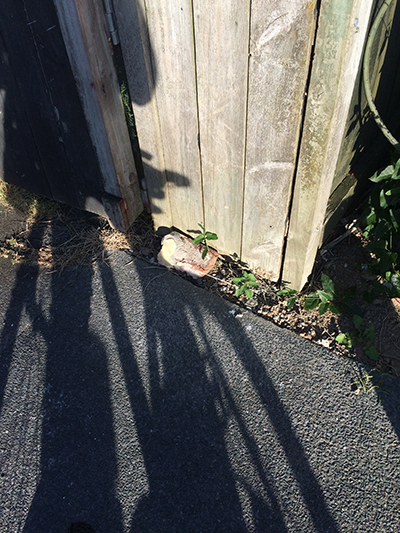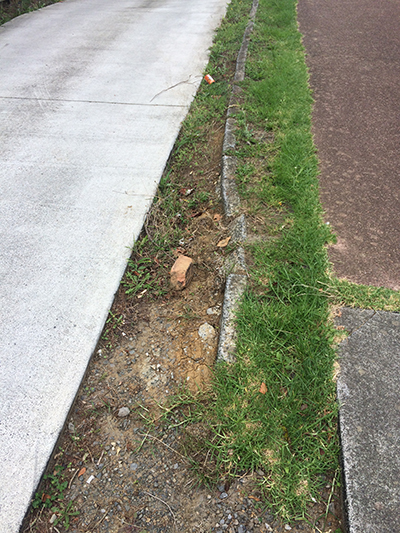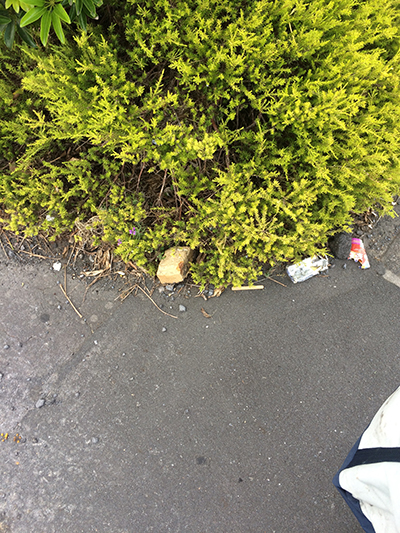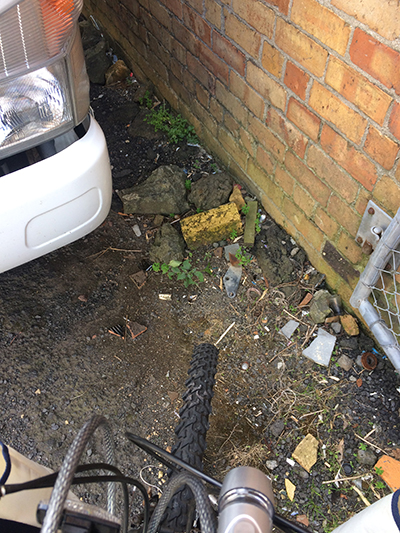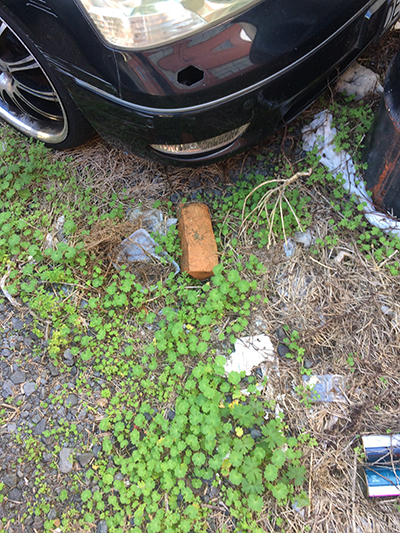Zeelandia 熱蘭遮
2017, mixed media, size variable
I was trying to build a Zeelandia, with a specific method.
The project was initialed by an interest in the common name of the eighth continent in the world and the first fortress in Taiwan – Zeelandia. The name was both given by VOC (Dutch East India Company), based on the Zeeland Provence in the age of discovery in 17th century, which means Sea land, a place of land soaking in the sea . With the bricks which was collected from demolish sites and everywhere in the city, and the material which Dutch used as mortar to build the Fort Zeelandia, namely: glutens rice powder, brown sugar and seashell, taking dutch bond to arrange bricks into the shape of the continent Zealandia as the way dutch people build the fortress Zeelandia, as a method to link up the connection between Taiwan and New Zealand. The development of the project itself is conversing to “The diary of Fort Zeelandia” that Dutch governor kept as the working log in Taiwan. For me, the project is not only a start for the researching and understanding of New Zealand, also a opportunity to look back and study the history of Taiwan.
我試著用一個特定的方式蓋出一個Zeelandia。
計畫源自台灣歷史中所出現的首座城堡-熱蘭遮城(Fort Zeelandia),以及幾乎隱藏於紐西蘭海平面之下的西蘭大陸(Zealandia)這兩者共同的特徵。他們具有共同的名字,來自同個荷蘭語詞彙-Zeeland,皆由17世紀地理大發現時期的荷蘭東印度公司根據國內的西蘭省命名,關於一塊浸水之地。
我利用在奧克蘭郊區四處撿拾而得的廢棄磚塊,以及荷蘭人建築熱蘭遮城時用以作為黏著劑使用的黑糖、糯米、貝殼等材料,以如同熱蘭遮城的荷式砌磚法排列出西蘭大陸的模樣。將兩者的成份交織混合,藉此連結兩地的淵源。
在計畫發展的過程中,我試著以自身當下的情境模擬、想像當時東印度公司所面臨的情境。並且以東印度公司駐台官員所記載的熱蘭遮城日記作為基礎,試著在當下與歷史上曾出現的某一時刻展開對話。這個計畫開啟了我對紐西蘭的認識與研究,同時也引導我回頭對台灣歷史進行整理與學習。
Zeelandia
By Gina Ferguson
Chun Tsao’s project was initialed by an interest in the common name of the eighth continent in the world and the first fortress in Taiwan.
“Fort Zeelandia was built in a ten-year period beginning in 1624 and completed in 1634 using bricks brought from the headquarters of the Dutch East India Company in Batavia (Jakarta). The Dutch had signed (forced) an agreement with the Chinese that gave them Taiwan as a trading colony. The settlement of Zeelandia was on a small island called Tayouan “ (Tainan City)
The floor installation references a geographical model of the continent Zeelandia, in which he has used the materials of the Fort Zeelandia, namely: bricks, glutens rice powder, brown sugar and seashell as mortar.
Furthermore Tsao draws attention to the act of discovery and the significance of multiple ‘Zeelandia” that span the world as an integral part of the journey, he has experienced in coming to New Zealand as an Artist in Residence. He considers the residency and project as an opportunity to look back and study the history of Taiwan from a distance whilst contemplating the continent that lies beneath New Zealand, the place he currently stands. The journey of discovery is both experiential and performative, setting the premise for the construction of the work itself as he set about searching for bricks from his local surroundings.
Due to the limitation of time and transport, the collection and discovering of bricks was arduous. Tsao describes the activity as both tiring and sometimes frustrating as he relies upon chance in locating bricks. Subsequently there were times when, after hours of biking uphill and downhill in the search for bricks, he would return home empty handed.
“The process reminds me of the difficulty and the risk Dutch people used to encounter while they were importing bricks for the construction of the fort, and also makes me think of Sisyphus, the one who pulled the rock up to the hill and then watched it fall, day after day” (Tsao)
This process of discovery, location and relocation both informs and forms the work. In its calendar format the diarized wall work operates as a record of this and time spent, and the bricks themselves reference a site of construction, both old and new.
*Diaries extracted from “De dagregisters van het kasteel Zeelandia (The diary of the castel Zeelandia, 熱蘭遮城日記), Taiwan 1629-1662”, chinese translated by TSAO, Yung-Ho, english translated by LAI, Kuan-Ying.
May 1, 1630.
The junior business officer Duycker ordered three Joncquen boats to set sail to Chincheo River, to carry some pepper for Paulus Traudenius’ trading post. In this voyage they will transport the bricks required for building fortress Zeelandia, and bring back the purchased merchandise immediately.
June 1, 2, 3, 4, 5, 1630.
There is nothing in particular. We kept building up the southeast bastion (of the castle) with bricks.
September 20, 1631.
Yacht Beverwijck anchored off the shore. We sent out all applicable ships to unload goods from the yacht.
Today His Excellency Governor Putmans made a resolution with the parliament to rebuild the collapsing soiled bastion Nassauw (a bastion of the fortress Zeelandia) with bricks and complete the building. This rebuild did not infringe chief officer and His Governor-General’s command of not building new castle or fortress. On the contrary, by doing this it fulfilled their command of living with frugality. It not only reduced the base troops, but also spared the labor of workers and slaves.
December 10, 11, 12, 13, 14, 1632.
Weather was good. There were four Joncquen boats coming from China during these days, and they headed to south for fishing.
Today, at the northeast bastion (of the fortress Zeelandia), in order to avoid leaking we replaced the old vault with a new one using Chinese bricks.
January 1, 1633.
For the building of fortress Zeelandia (praise the Lord), now we have used bricks to surround all the bastions. This morning, Governor Putmans appeared in the company of councilors. In order to identify clearly the above-mentioned bastions, as well as the forts located at Noortplaetse and the entrance of this port, after three-volley salute ceremony, he denominated them after the four major cities in Walcheren and the major islands in Zeelant. Thus the southwest bastion was called Middelburch, the northeast Vlissingen, the southeast Camperveer, and the northwest fort Arnemuiden. The fort at the top water channel was named Zeeburch (Sea Fort). May the Lord Almighty bless fortress Zeelandia, the constructions and the employees of our company, so this place will prosper and will protect us from violence and persecution from enemies.
1630年5月1日。
下席商務員戴卡率領三艘戎克船出發,要再去漳州河,載去特勞牛斯為要交易所要求的一些胡椒,並要去運回建造熱蘭遮城堡所需要的磚頭,並去立刻載回已經購買的商品。
1630年6月1,2,3,4,5日。
無特別的事,我們繼續用磚頭把〔這城堡的〕東南稜堡加砌加高。
1631年9月20日。
快艇Beverwijck號來到港外停泊,於是立刻派所有適當的船隻出去卸下該快艇上的貨物。
今天長官普特曼斯閣下與議會決議,要把那個已經開始塌下來的土造的Nassauw稜堡〔熱蘭遮城堡的一個稜堡〕用磚頭堆砌起來並予完全建造起來,這樣維修城堡,並不違背董事諸公與總督閣下特別叮嚀不許新建城堡或堡壘的命令,相反地,是在執行他們所指示要儘量節儉的命令,因為這樣做,不但可以減少駐軍,也可以大量少用工人和奴隸。
1632年12月10,11,12,13,14日。
好天氣,這幾天有4艘戎克船從中國來,並往南部捕魚。
今天在〔熱蘭遮城堡的〕東北角那個稜堡,在那原來的拱頂上用中國磚頭砌造一個新的拱頂,以防止漏水。
1633年1月1日。
熱蘭遮城堡的建造,(讚美神),現在已經進行到所有稜堡都用磚頭砌牆環繞起來了,因此上述稜堡,以及位於北線尾及這港道入口處的碉堡,今晨由長官普特曼斯閣下偕同本館的議員們,為要使這些地方能夠清楚辨識,遂於發砲並鳴槍三響之後,按照Walcheren[1]的四個主要城巿的名稱,以及Zeelant最主要的島的名稱,予以命名。即西南的稜堡稱為Middelburch,東北的稜堡稱為Vlissingen,東南的稜堡稱為Camperveer,位於這城堡西北的砲台稱為Arnemuiden,而那個位於這水道入口的碉堡稱為Zeeburch〔海堡〕。願萬能的神豐豐富富祝福這個熱蘭遮城堡與其他工程以及公司的職員們,使能興旺發達起來,並繼續保護我們免受我們敵人的任何暴力和困擾。
